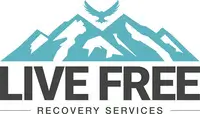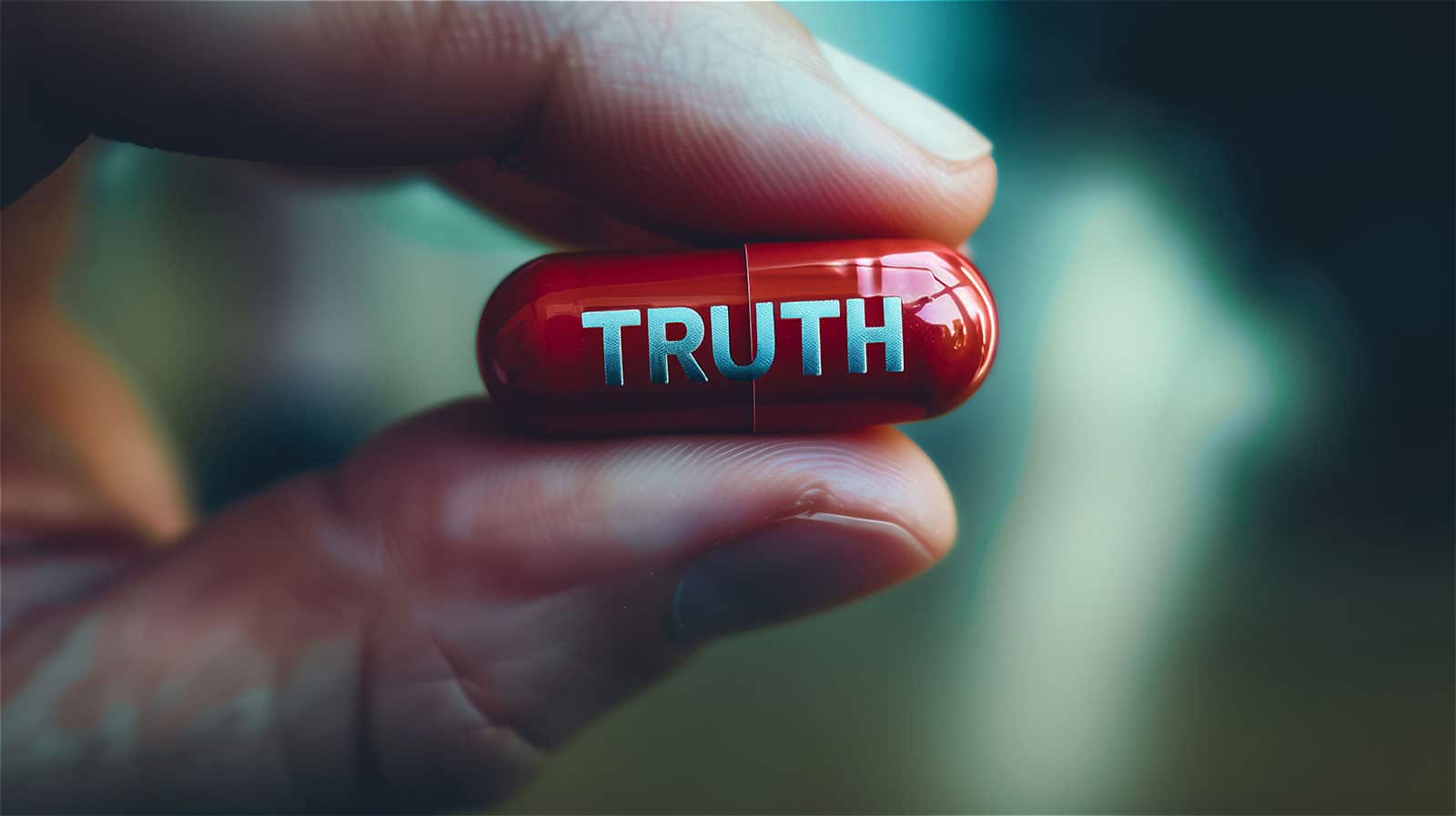Nearly everyone these days understands that addiction can destroy their lives and the lives of family, friends and even total strangers. Yet, hundreds of millions of people abuse alcohol, drugs and other addictive substances every year.
The number of Americans with addictions has increased in recent years during social and political upheaval and associated economic problems, multiple wars, the opioid epidemic, and the continuation of the COVID-19 pandemic. People are prone to turning to addictive substances instead of healthy coping mechanisms to alleviate stress and manage emotions or pain. Additionally, to improve local economies, many states have now approved recreational use of substances previously classified as unsafe that can cause immediate addiction, psychiatric problems or act as gateways to more addictive and illegal drugs.
Our caring team at Live Free Recovery Services understands addiction and the long-term adverse impact that one or more addictions can have on a person’s life and all the lives connected to them. With this guide, we cover important facts about drugs and substance abuse and proven methods for successful rehabilitation and relapse prevention.
What Do Addictive Substances Do to the Body?
The term “drug” describes any substance that alters brain chemistry and physical functions. Drugs include chemicals taken in aerosol, absorption, injection and oral forms. Addictive substances aren’t always synthetic or made in a lab, as seen with non-prescription and prescription medicines often referred to as “drugs.” Instead, these substances also include plants and anything found in nature that changes physical structures and causes addiction.
After a drug enters the body, the chemicals spread to organs like the brain, blood vessels and nerves. A person might suddenly experience a racing heart, high blood pressure, alertness or extreme fatigue, heightened or dull senses, inflammation, an allergic reaction or modified pain. In many cases, addictive substances cause some type of impairment, such as delayed or reduced cognition and poor decision-making. Chemicals from drugs even damage cells, which results in permanent organ damage.
What Are the Most Commonly Abused Substances?
Addictive substances have existed throughout history. Humans have sought a release from suffering or better understanding of their world and existence through addictive substances. Some of the earliest ones used were hallucinogenic or mind-altering, such as marijuana, mushrooms, opium and salvia. People have also used spirits containing alcohol and tobacco containing nicotine.
Other commonly abused substances include amphetamines, bath salts, cocaine, ecstasy, GHB, heroin, LSD, methamphetamine and PCP. People also abuse ingredients found in over-the-counter and prescription cough, cold and pain medications or use the products to create street drugs. Even non-medication products that contain addictive chemicals (i.e., glue, hair spray, nail polish, paint and solvents) have become popular because inhalation provides a quick high.
Important Facts About Drugs and Addictive Substances
Whether you’re seeking information for yourself or a loved one, our list outlines the most important facts about addiction and rehabilitation:
- Drug categories vary widely and include socially accepted and illicit substances, which can make treatment difficult. For example, members of the public differentiate between social, prescription and recreational drugs. Commonly abused substances typically fall under category headers that describe the source of the drug or its impact on the body (i.e., cannabinoids, depressants, hallucinogens, inhalants, opioids and stimulants).
Illegal drugs are not the only ones that people need to worry about in life. Alcohol is a socially accepted drug that causes more deaths per year than other substances. In the United States, nearly 100,000 people die yearly because of it. Both caffeine and nicotine are highly addictive as well. A person addicted to a socially accepted drug experiences many of the same symptoms during usage and withdrawal as a person addicted to street drugs. That said, they might not experience the same motivation to quite because the public doesn’t criticize them at the same level.
- Many people start abusing drugs during their pre-teens, teens and twenties. This is the period when people are most likely to become addicted because of peer pressure. Additionally, young people’s brains continue developing and undergoing changes well into the mid-twenties. As a result, they’re more prone to poor decision-making during those years. They often incorrectly believe they won’t become addicted because they think they a strong will or moral center is enough to make them stop.
A common refrain with addicts from all walks of life is “I can quit whenever I want. I just have to will myself to stop.” A common claim by earlier users is that they won’t ever become addicted because they’re only enjoying a “taste” of something they never tried before. They believe strongly in the philosophy of YOLO (i.e., You Only Live Once) and that their first try is merely a harmless experiment. A single experiment with an addictive substance can cause immediate addiction, especially if a young person is struggling with anxiety, depression, stress or a mental health disorder.
Also, in many cultures around the world, the use of addictive substances is considered a right of passage for social and religious reasons. Some kids and young adults feel they must try one or more drugs to prove that they fit in with the crowd or society. Yet, nearly two-thirds of those who try an illegal drug in their early teens later experience addiction to socially accepted or illegal drugs.
- A person’s unique brain, chemistry and mind combined with adverse physical reactions and drug interactions with food or other drugs can cause addiction. Drugs alter the body. Since everyone is different physically in many ways, a substance that impacts one person in one way might affect another person in a completely different way.
This is where the term “lightweight” comes into play with drinking. Some people can drink a row of shots and barely feel it. Other people drink one mild alcoholic beverage, become drunk, and pass out. The same is true of marijuana. Some people experience a mild buzz or calming effect, while others experience psychosis.
- Substance abuse and mental health problems, crimes, domestic violence, poor work behaviors, job loss and suicides often go hand in hand. For some, a mental health disorder existed before a substance abuse one. For others, the chemicals in the drug or drugs they took caused or exacerbated one or more mental health problems.
Since drugs cause emotional instability, reduce inhibitions, and impair cognition, people are more prone to committing crimes, becoming violent, losing interest in their work or academics, and giving up on life when experiencing the highs and lows of addiction. Approximately 9.5 million Americans, for example, have both a substance abuse disorder and a mental health problem. Many college dropouts have alcohol addiction.
- The abuse of these substances costs the public hundreds of billions of dollars every year. The cost of addiction isn’t merely the financial one experienced by an individual who loses their job or spends all their hard-earned money on drugs. Insurers must pay claims after innocent people come to harm, as seen with car accidents caused by alcohol or drug impairment.
State and federal agencies must devote tax dollars to police and Drug Enforcement Administration (DEA) efforts to protect the public from drug-related violence and stop illegal drugs from entering the country and the setup of drug labs. They must pay to spread awareness about addiction and set up treatment centers for those who can’t afford rehabilitation or even a roof over their heads.
- A wide range of treatments is better than a one-size-fits-all approach. Given the vast number of addictive substances and how different people react, no one “best” approach exists to provide rehabilitation and prevent relapse. Some people do well with counseling and therapy. Others need 24-hour supervision for months in a safe environment.
The legal and illegal status of drugs in a state also impacts the approach. It’s harder for treatment specialists to convince someone to quit in a state where a drug they’re struggling to beat has legal status. The legal and illegal status of these substances vary by state within the U.S. and in governments around the world.
The Hard Facts that People Often Don’t Discuss Socially
- Cigarettes cause nearly 500,000 deaths in the U.S. every year via direct inhalation and second-hand smoke. Tobacco kills seven million people globally. Yet, approximately 1,600 people still try a cigarette every day because of social acceptance and peer pressure.
- Although people have seen how bodies age, break down and waste away with methamphetamine addiction, approximately 2.5 million people in America take it regularly.
- Although hallucinogens can permanently change brain chemistry and cause long-term mental health problems, 1.1 million people in the U.S. try at least one hallucinogen every year. Some are influenced by films and television shows that treat the consumption of hallucinogens as a rite of passage.
- Although inhalant products often include warnings about brain damage and asphyxiation, more than 23 million U.S. citizens have tried an inhalant at some point to experience a quick high.
- Prescription opioids were the gateway drug for 80% of heroin users. 10 million people misuse opioids in the U.S. annually. Opioids cause seven out of 10 overdose fatalities.
- Approximately 10% of marijuana users become addicted to the main active ingredients. Approximately 55 million marijuana smokers exist at any given time.
- Approximately 28 million Americans abuse alcohol… and only 7% seek treatment.
- Approximately 20 million people have one serious addiction… and only 10% seek treatment.
A New Life Begins With a First Step
People struggling with addiction often feel that they’re weak for not being able to quit on their own. Yet, many of them no longer have support systems. Behavioral and pharmacological treatments combined with other rehabilitation therapies can make all the difference in an addict’s life, but actual human support moves mountains.
At Live Free Recovery Services, our caring team creates a custom rehabilitation plan that we modify to fit your needs as they change over time. We’re by your side to help you combat drug cravings and find new outlets for stress and other emotions. Our staff helps you address underlying medical problems and personally shows you how to avoid bad situations that might prompt you to relapse.
We do more than make promises. We help you create and pursue realistic goals. To learn more, call us today.
Additional Resource
If you’re outside of our service area, we recommend you seek more information from local drug treatment centers via the treatment locator provided by the Substance Abuse and Mental Health Services Administration (SAMHSA) at FindTreatment.gov.


